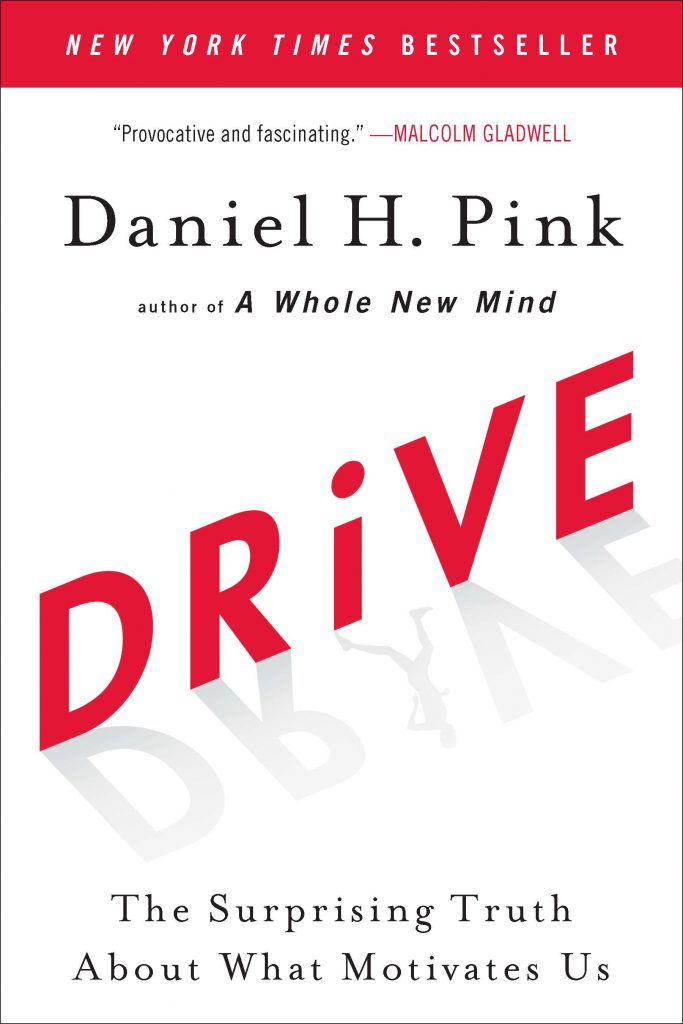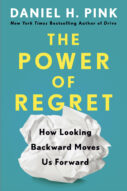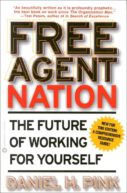Why I Wrote Drive
What You'll Learn in Drive
- Human beings have a mix of drives. We have a biological drive – we eat when we’re hungry, drink when we’re thirsty. We have a reward-and-punishment drive – we often will do more in response to rewards and less in response to punishments. But we also have a third drive – intrinsic motivation – that is often overlooked.
- Our reliance, in organizations and schools, on a carrot-and-stick approach to motivation is outdated and often counterproductive. We’ve long assumed that if-then rewards (“If you do this, then you get that”) are the best way to motivate people. But decades of research show they can reduce performance, crush creativity, and dampen long-term motivation – especially for complex or creative tasks.
- The three key elements in enduring motivation are autonomy, mastery, and purpose. Autonomy is having a measure of control over what we do and how we do it. Mastery is making progress and getting better at something that matters. Purpose is doing something that makes a difference in the world or a contribution to others.
- The most successful organizations are those that build environments where intrinsic motivation can thrive. Companies that offer people control over their time, encourage continuous learning, and connect individual work to a greater mission outperform those relying on rigid management and short-term incentives.
Most Highlighted on Kindle
Purchase Now:
DRIVE: The Surprising Truth About What Motivates Us
The key to high performance and satisfaction is the deeply human need to direct our own lives, learn and create new things, and do better by ourselves and our world.

Awards & Accolades
#1 New York Times bestseller
159 weeks on the New York Times bestseller list (main and extended)
One of Amazon's "Top 100 Leadership and Success Books to Read in a Lifetime"
Wall Street Journal, Boston Globe, San Francisco Chronicle, Washington Post, Los Angeles Times, Publishers Weekly bestseller
National bestseller in Japan and the United Kingdom
Translated into 40+ languages worldwide







Comments are closed.